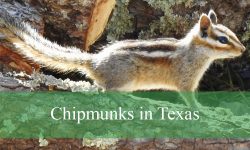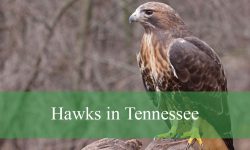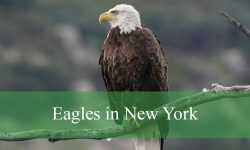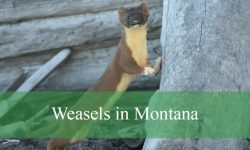Florida is home to an unexpected variety of monkeys, making the state a unique place for primate sightings. From wild populations thriving in natural areas to exotic species living in zoos and wildlife sanctuaries, monkeys in Florida bring an intriguing layer to the local wildlife scene.
The diversity of monkeys in Florida ranges from free-roaming troops like the famous Rhesus macaques at Silver Springs to captive species that visitors can observe in controlled environments. This article highlights nine types of monkeys found across Florida, providing details on their origins, identifying features, and typical habitats.
Learning about monkeys in Florida offers insight into how these animals adapt to different environments and the challenges of managing non-native species. This guide will help you identify each monkey species, making it easier to appreciate the unique primate populations found throughout the state.
Different Types of Monkeys You Might See in Florida
Rhesus Macaque (Macaca mulatta)

The Rhesus macaque is a medium-sized monkey with light brown or grayish fur, pink faces, and expressive eyes. Adult males are generally larger than females and can weigh up to 17 pounds. They are known for their high adaptability to a wide range of environments, including forests, grasslands, and even urban areas.
In Florida, Rhesus macaques have established a wild population, especially around Silver Springs State Park and the Ocklawaha River. Originally introduced in the 1930s as part of a jungle cruise attraction, these monkeys escaped or were released into the wild, where they now thrive. Visitors can spot them in the trees along riverbanks or while kayaking through the area.
Rhesus macaques are social animals that live in troops led by dominant males and organized matriarchal hierarchies. They are omnivores, feeding on fruits, seeds, insects, and even small animals. A fun fact: they are one of the few primates known to swim frequently and are often seen diving into the water in Florida.
Vervet Monkey (Chlorocebus sabaeus)
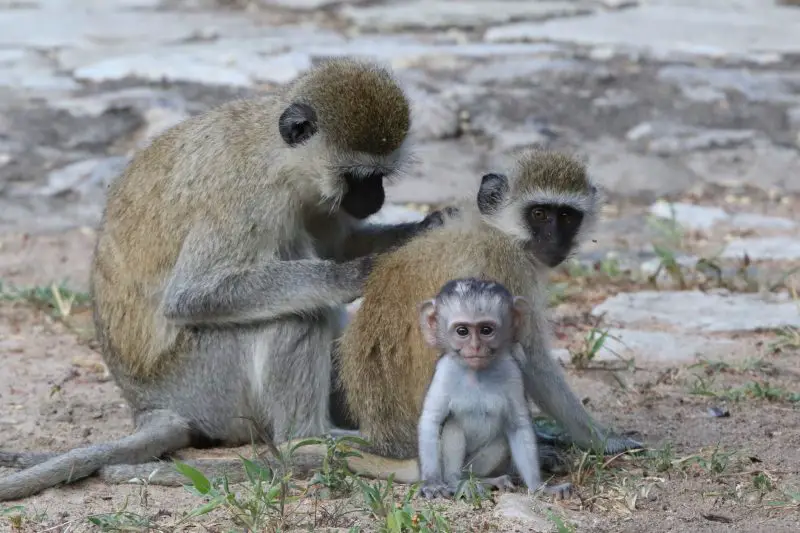
Vervet monkeys are small, agile primates with grizzled gray-green fur, black faces, and white eyebrows. They have long limbs and tails, making them excellent climbers and jumpers. Males are usually larger than females, and both sexes have a distinctive blue skin coloration on their abdomen, especially visible in males.
In Florida, a feral population of Vervet monkeys resides near Dania Beach in the Fort Lauderdale area. These monkeys are believed to be descendants of escapees from a research facility or roadside zoo several decades ago. They have adapted well to the suburban coastal environment, living near canals, trees, and powerlines.
Vervets are diurnal and social, living in groups of up to 30 individuals. They are omnivorous but primarily eat fruits, seeds, leaves, and insects. An interesting fact: Vervet monkeys have a sophisticated system of vocalizations, with specific calls to warn of different predators, including snakes, eagles, and large mammals.
Squirrel Monkey (Saimiri spp.)

Squirrel monkeys are among the smallest New World monkeys, typically weighing under 2 pounds. They have a distinct appearance with short yellow limbs, white masks around their eyes and mouths, and black-capped heads. These monkeys are known for their quick, jerky movements and playful behavior.
Florida once had a population of squirrel monkeys living in the wild, particularly in the Naples area, likely due to releases or escapes from private collections. However, there is no longer an established wild population today. They can still be seen in zoos or wildlife parks throughout the state.
Squirrel monkeys are highly social and active during the day, often traveling in large groups in search of food. They feed on insects, fruits, and small vertebrates. A fun fact: squirrel monkeys have one of the highest brain-to-body mass ratios of all primates, making them very intelligent and observant.
Capuchin Monkey (Sapajus spp.)

Capuchin monkeys are medium-sized New World primates recognized by their intelligent eyes, prehensile tails, and tufts of dark fur on their heads that resemble a cap, hence the name. Their fur is usually a mix of cream and brown, and they are highly dexterous with their hands.
In Florida, capuchins do not exist in the wild, but they are commonly kept as exotic pets and are frequently found in private zoos or animal sanctuaries. There have been occasional sightings of escapees, but no breeding population has formed in the wild.
Capuchins are omnivorous and eat fruits, insects, nuts, eggs, and small vertebrates. They are known for their remarkable problem-solving skills and tool use. A fun fact: in the wild, capuchins have been observed using sticks to dig or stones to crack open nuts—behaviors rarely seen in other monkey species.
Crab-eating Macaque (Macaca fascicularis)
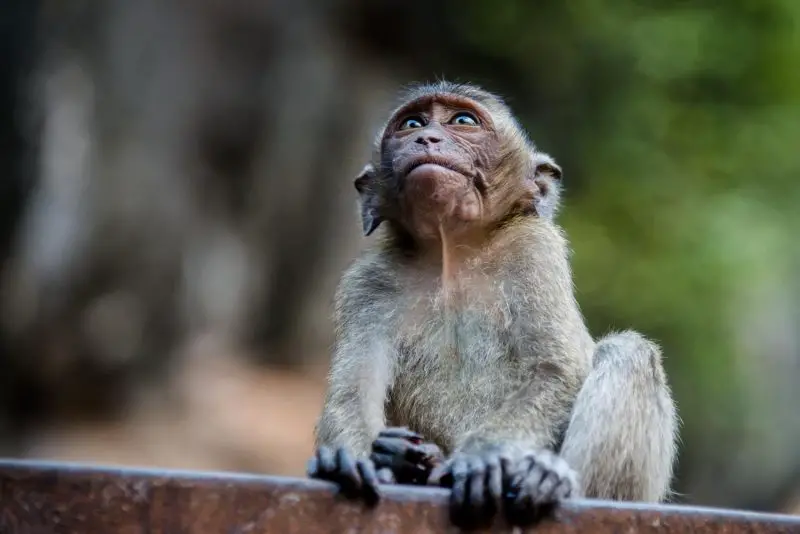
Also known as the long-tailed macaque, the crab-eating macaque is native to Southeast Asia and easily recognized by its slender build, long tail, and expressive face. It has a greyish-brown coat and males are significantly larger than females. Their tails can be as long as their bodies, aiding balance when climbing.
In Florida, this species does not exist in the wild but can be found in specialized animal facilities such as Monkey Jungle in Miami. These institutions offer controlled environments where visitors can observe the macaques in semi-natural enclosures. They do not have a wild, reproducing population in Florida.
Crab-eating macaques are highly adaptable and often thrive near water, mangroves, or even urban areas in their native range. They are excellent swimmers and occasionally eat crabs and shellfish—hence their name. In captivity, they are known for their intelligence and mischievous behaviors, often using tools or solving basic puzzles.
Spider Monkey (Ateles spp.)
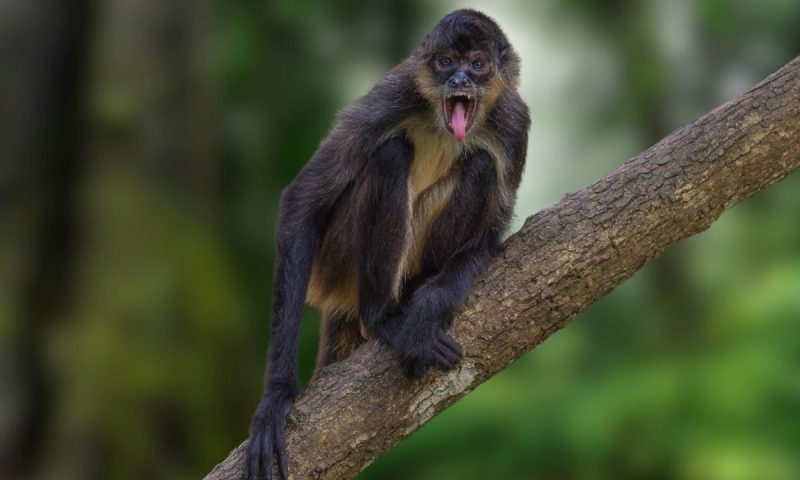
Spider monkeys are large, slender primates with long limbs and prehensile tails that function like a fifth arm. Native to Central and South America, these monkeys have black or dark brown fur and distinctive bare facial features. Their limbs and tail make them exceptionally agile in the forest canopy.
In Florida, spider monkeys do not exist in the wild but can be seen in zoos, wildlife sanctuaries, or eco-tourism destinations. They are often housed in spacious enclosures that allow them to swing and climb freely, mimicking their natural habitat as closely as possible.
Spider monkeys are social, intelligent animals that live in fission-fusion groups in the wild. They rely heavily on fruit for their diet and use complex vocalizations to communicate. A fun fact: spider monkeys lack thumbs, which enhances their grip for swinging through trees.
Japanese Macaque (Macaca fuscata)
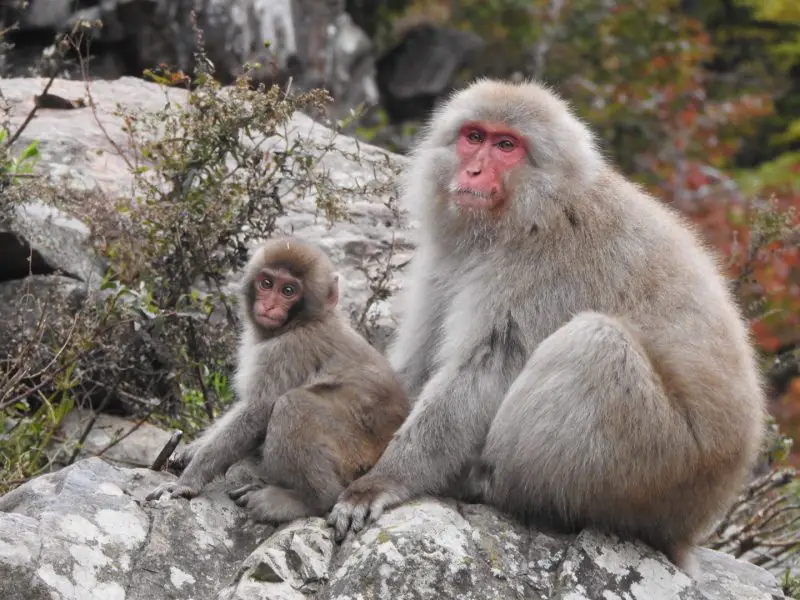
Also known as snow monkeys, Japanese macaques are famous for their thick fur, red faces, and fondness for hot springs. Native to the mountainous regions of Japan, these monkeys are incredibly cold-tolerant and are the northernmost-living non-human primates.
In Florida, Japanese macaques are not found in the wild but are occasionally kept in wildlife centers or research facilities. They are rare compared to other exotic primates in the state and are usually only seen in specialized animal care environments.
These monkeys are highly social and live in matrilineal troops with strict hierarchies. They have been observed washing food and using hot springs in the wild. Despite their cold-weather origins, they can adapt to warmer climates in captivity with proper care.
Howler Monkey (Alouatta spp.)
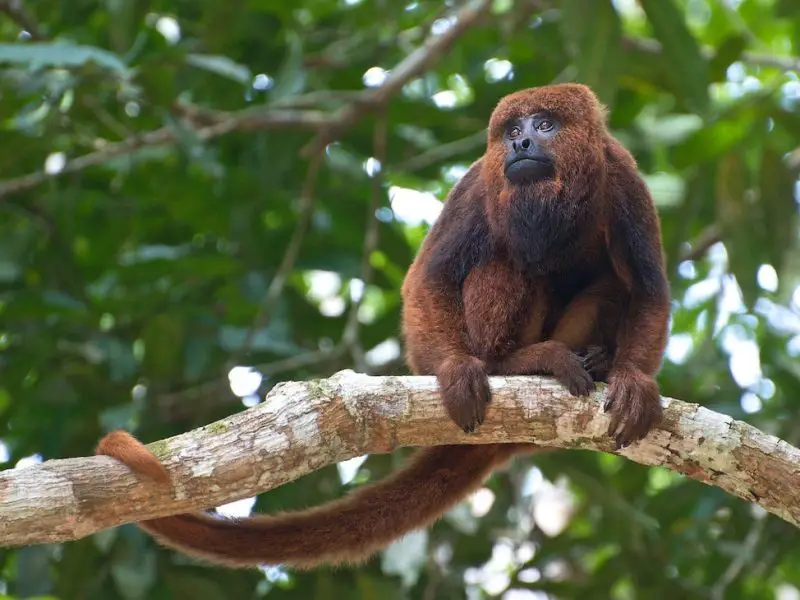
Howler monkeys are among the largest New World monkeys and are best known for their loud, guttural calls that can be heard up to three miles away. They have thick, prehensile tails, bearded faces, and shaggy fur that varies in color depending on the species.
In Florida, howler monkeys do not exist in the wild. They are sometimes kept in zoos or primate sanctuaries for educational and conservation purposes. Visitors may hear their booming vocalizations echoing through these facilities during feeding times or social interactions.
Howler monkeys are folivores, feeding mainly on leaves, and their slow metabolism suits their low-energy lifestyle. A fascinating fact: their enlarged hyoid bone helps amplify their calls, allowing them to mark territory or communicate with distant group members in dense forests.
Patagonian Titi Monkey (Callicebus spp.)
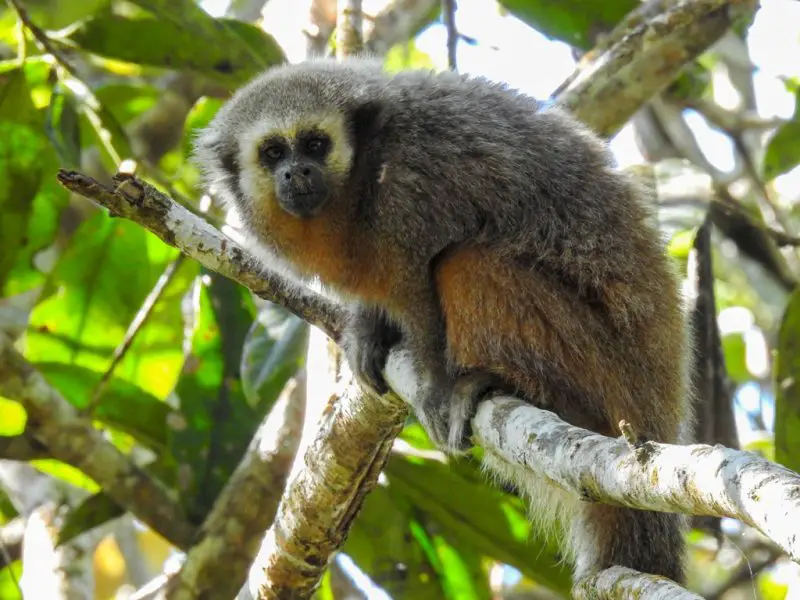
The Patagonian titi monkey, although named after the Patagonia region, is part of a diverse group of small South American monkeys that inhabit forested areas. They are recognized by their soft, dense fur, long tails, and small size. Most titi monkeys are gray, brown, or reddish in color.
There is no evidence of this species living in the wild in Florida. A few individuals may exist in captivity under private ownership or in conservation programs, but sightings are exceedingly rare. They are not part of any known breeding or display populations in the state.
Titi monkeys are monogamous and live in close-knit family groups. They are known for their affectionate behavior, often seen sitting close and intertwining tails with their mates. Their vocal duets serve both bonding and territorial functions, making them some of the most melodious monkeys in the primate world.

